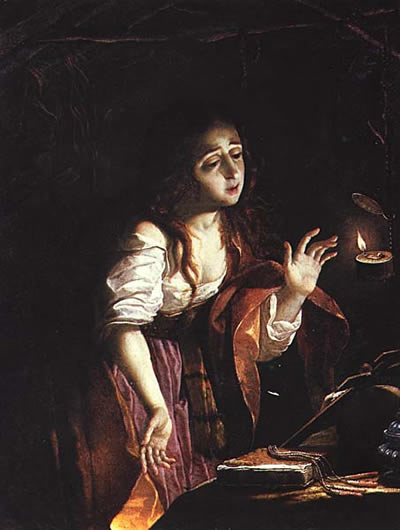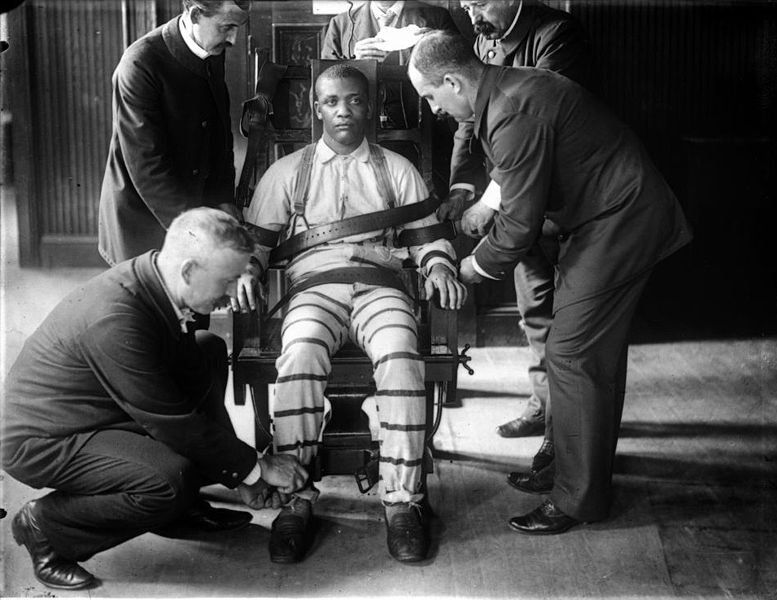
To read the early accounts of her life, you would think that the most remarkable thing about Josefa de Óbidos’ art was the fact that she was a woman.
Certainly, she defied the conventions of her moment in 17th-century Portugal—where it was assumed that men painted and preached, bought and sold, fought wars and thought big thoughts, while the fairer sex was destined for the nunnery or mothering.
Josefa, one early account tells us, painted for “curiosity’s sake.” Even two centuries later, she was recalled as one who made paintings “because it piqued her interest.”
Yet if it appeared that her contemporaries could not quite grant to a woman serious artistic ambitions, Josefa nonetheless drew wide acclaim in her day, only to fall into later disregard.
Today, we can appreciate that out of her apparent “dabblings” on canvas and on copper she created some of the most unique art of the Catholic Counter-Reformation.
Josefa de Óbidos is the subject of “The Sacred and the Profane,” an exhibition at the National Museum of Women in the Arts in Washington, the first-ever showing of her works in the United States.
And she is a fine selection for a gallery committed to celebrating women’s artistic achievements. A strong and independent woman of deep faith, Josefa never married, lived as a chaste celibate, and yet never entered religious life.
She was not the self-conscious feminist that her contemporary, the Mexican poet and intellectual nun Sister Juana Inés de la Cruz, was. But she was well-read, especially in spirituality and religion, collaborated on equal terms with sculptors and other artists of her day, and supported herself by her painting commissions and through her land holdings.
Such a legend grew up around her that for years she was credited with being the authoress of almost every significant Portuguese painting of the 17th century.
Born Josefa de Ayala and Cabera in 1630 into the privileges that come with being a part of the aristocracy, she grew up under the tutelage of her father, a painter, and had access to the works of the great masters of Flemish, Spanish, Italian and French art through her mother’s father, an avid art collector.
Educated by Augustinian nuns, she would go on to live and move and make her art within the small and tightly drawn, provincial world of Óbidos. Never allured by the big city of Lisbon, she preferred the quiet rhythms of a life in her small town, ordered as it was by the hours and seasons of religious devotion.
All of her artwork was commissioned by religious houses or churches, or for the private chapels of wealthy patrons. Inspired by the sensibility of the Council of Trent (1545–63) and the reform wings of the Jesuit and Carmelite orders, she filled her art with religious portent, drawing from the stock of themes and symbols that had emerged in the Catholic renewal and response to the Protestant revolt in Europe.
She painted scenes of penitence and mystical espousal; of the Blessed Mother, maternal and immaculate; of the child Jesus as God come to man, vulnerable and innocent.
Her Holy Family is the seedbed of virtue and worthy of emulation; and her strikingly heroic and robust St. Joseph, protector and servant of the young Lord, reflects the ecstasies of St. Teresa of Avila, whose echoes—along with those of the painters Caravaggio and Georges de la Tour—can be felt in much of her work.
Josefa’s paintings always tend toward the edges of sentimentality, but in her finest works there is an exquisite melancholy—the heavy sadness of Mary Magdalene illuminated in her penitence before the crucifix; the sad-eyed Savior barefoot on a garden path; the expectant look of the Child and the far-away gaze of the Blessed Mother on the road of their exile.
And in perhaps her most moving piece: a scorned and scourged Christ, His bare back gouged and exposed, looks back in a glance of farewell and woundedness that recalls the words of the fourth-century bishop Theodoret: “On His body every man like letters marks the prints of his sins.”
Josefa de Óbidos died in 1684 and was interred in the Church of São Pedrode Óbidos, beneath the altar of Our Lady of the Rosary, in the brown habit of the Poor Clares, and she bequeathed much of her worldly wealth to the parish Santa Casa de Misericórdia in Óbidos.
What she left as her artistic legacy is a rarely seen feminine face of the Counter-Reformation, an art that illuminates the symbolic world of Scripture and Catholic tradition, and an art that hopes to raise up new shoots of faith in the inner gardens of the soul.
Originally published in Our Sunday Visitor (August 10, 1997)
© David Scott, 2009. All rights reserved.


